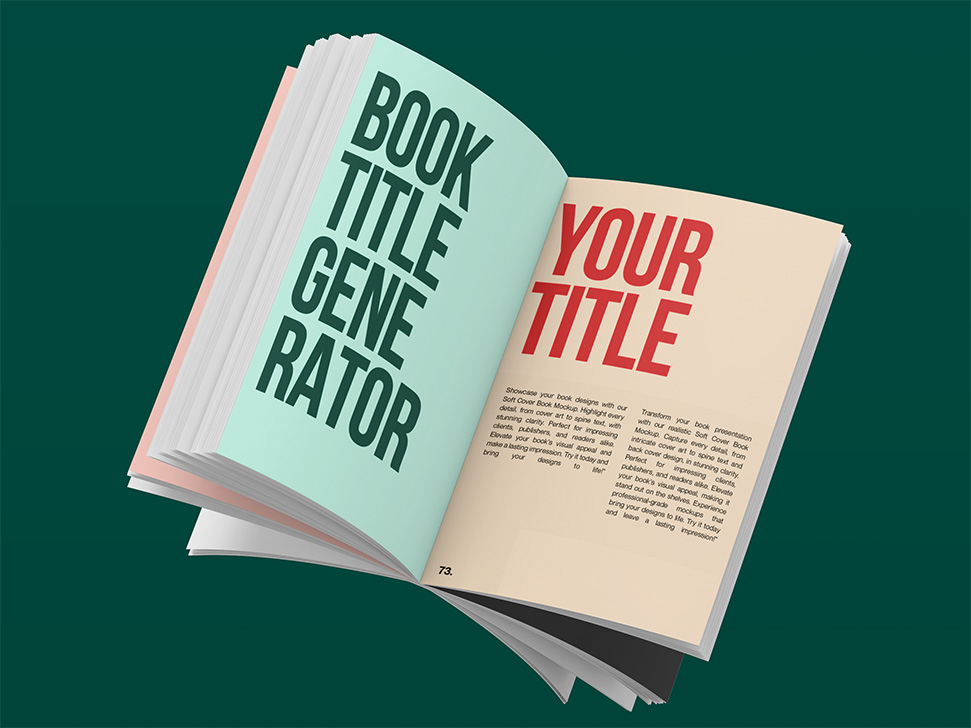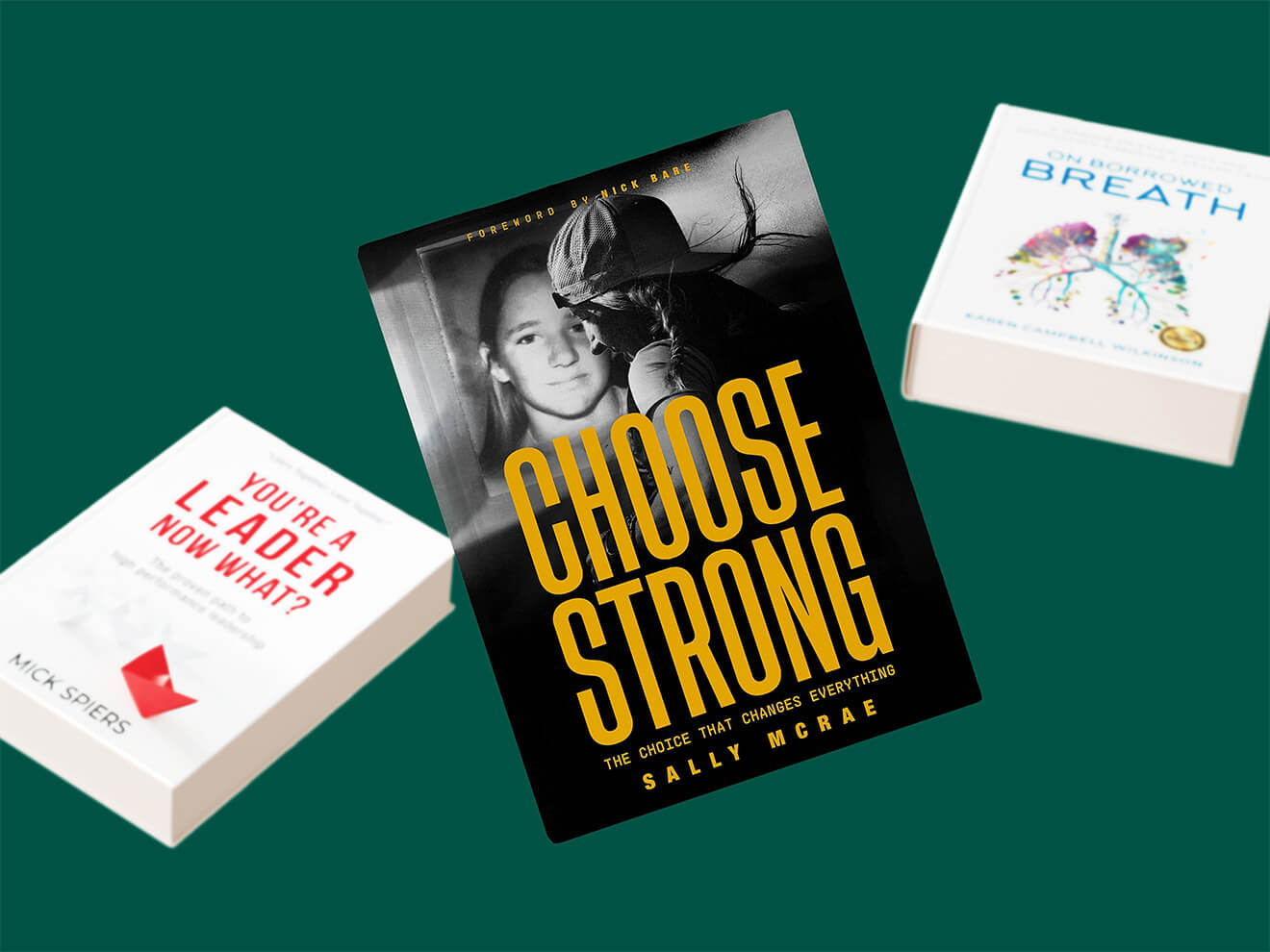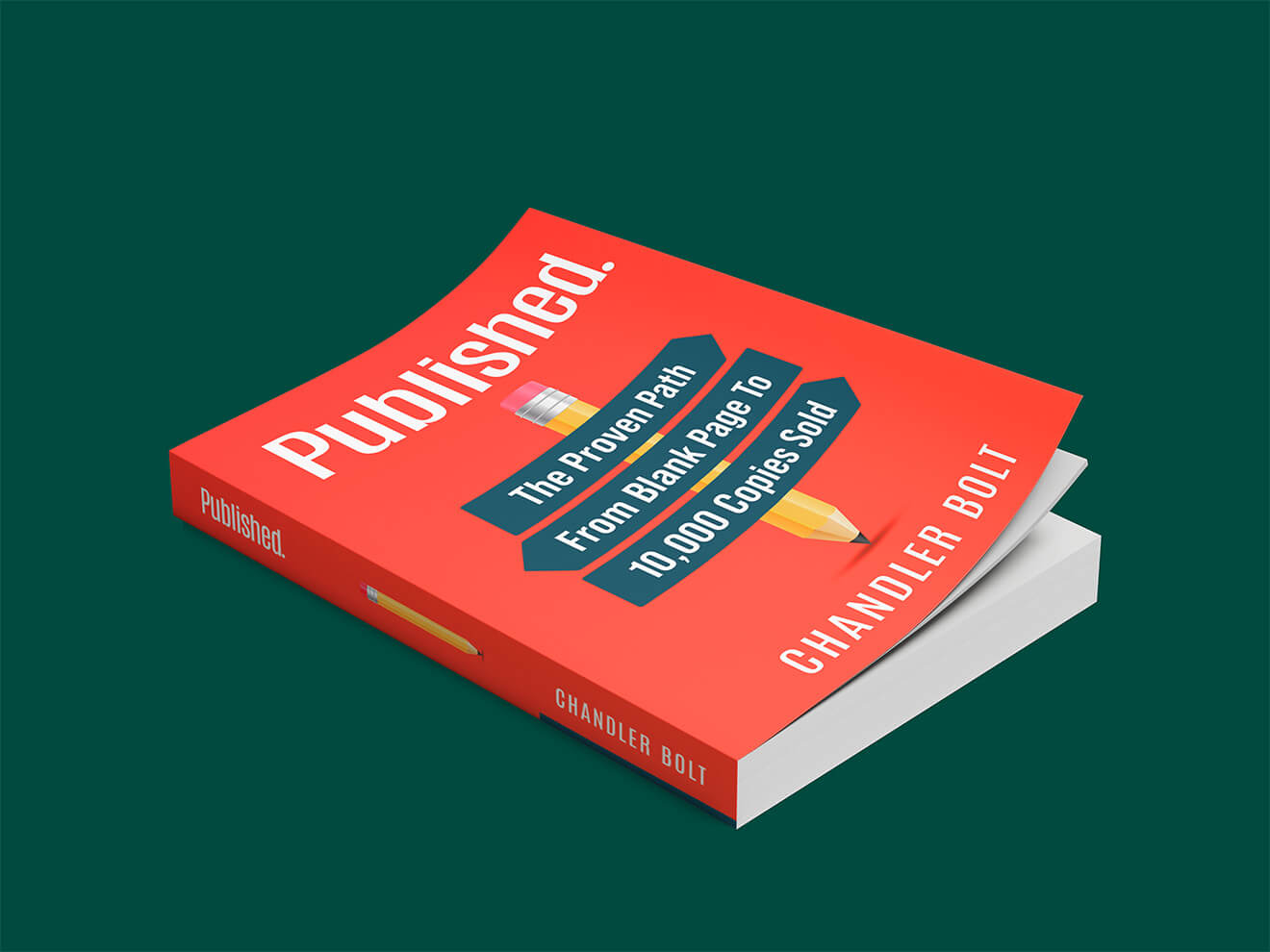Modern life has its charms, but nobody would blame you for craving an escape to a different epoch.
You can pull out your high school history books to learn about times gone by, but—if you ask us—it’s more fun to read a novel set in the past.
So what is historical fiction? Let’s find out.
What is historical fiction?
Historical fiction is perhaps a lesser-known novel genre when compared to the popular romantasy and sci-fi categories, but it makes for an equally entertaining read. These novels feature a made-up story that takes place in a real historical context. For example, a fictional book about two lovers during World War I, including real places, real events, and maybe even real people (like a president), surrounding and supporting this fictional story.
How do you know a book is historical fiction? According to the Historical Novel Society, the story must be set at least 50 years in the past to be considered historical. (Don’t confuse this with fiction that was written in the past—that’s a different thing!)
Related: Discover All the Different Types of Fiction Genres
What is the difference between historical fiction and nonfiction?
Historical fiction features made-up stories in a real historical context. On the other hand, historical non-fiction is a true historical account of an event, period, or person. (Nothing is made-up in the latter.)
Common elements and tropes in historical fiction
If you pick up some historical fiction, you’re likely to find some or all of the following elements:
- Historically accurate details: Even though the story itself is made up, the historical details that surround it are typically true to real life. The language, customs, and clothing, for example, are historically correct.
- Themes: Historical fiction often centers on themes that defy time, like love and war. In fact, a large tenant of historical fiction is helping us understand how humans have remained the same through the ages.
- Real and/or fictional characters. Historical fiction is fun because it can include real characters from history—like Julius Caesar and Cleopatra. (Bear in mind, this is different from historical biographies.) Or, your fiction can feature entirely made-up characters. It can even have both! Sometimes historical fiction features made-up characters heavily inspired by real-life historical figures.
- Real and fictional events. Historical fiction writers get to reimagine history. They typically center the plot on true historical events—like the French Revolution, for example—and then imagine how things could have gone differently. Or, they zero in on the lives of their characters who lived through the event.
While you’re not tied to any specific trope as you write a historical novel, there are a few standbys writers often reach for:
- Multiple timelines. Historical fiction writers like to play with time, so it makes sense that many of them would employ more than one timeline in their stories. Of course, somewhere in the narrative, the timelines are connected in some way.
- Forbidden romance. Whether it’s due to arranged marriages, class differences, or being on opposite sides of a conflict, many historical fiction characters fall in love at their own risk.
- A clash of cultures. The Spanish conquest of the Aztec empire, The Crusades, The Opium Wars…history has an endless well of cultural clashes from which to draw inspiration.
- Rags to riches. An orphaned artist becomes a renowned painter during the Renaissance. A bootlegger in the Roaring Twenties makes a fortune distributing alcohol illegally. Many historical fiction novels center on a character who suddenly comes into money and prominence.
Why is historical fiction important?
When we learn about history in school, we only get one perspective. The reality is these past cultures, events, and people are nuanced, and—often—far different from how they’re portrayed. A good historical fiction writer will zero in on the details, providing us with a more dynamic understanding of history.
Types of historical fiction
Just like regular fiction has a breadth of types, so too does historical fiction. Here are some of the common ones:
Historical Mystery
Your classic whodunnit, steeped in the intrigue of a different epoch. Chase down a stolen artifact in ancient Rome or investigate a haunted manor in the Victorian era.
Alternate or “what if” history
This is the butterfly effect in action. What if the weather had been too foggy for the Allies to land on D-Day? What if the bullet had missed Archduke Franz Ferdinand? The alternate history novel will tell you.
Historical romance
Calling all Bridgerton fans! Historical romances can be so fun. Way more ballroom dancing and way less swiping on Tinder? Sign us up.
Historical time slip fiction
If you’ve read The Time Traveler’s Wife, you know how gripping a time slip can be. It features a character “slipping” from one time period to another and the adventures that ensue.
Some celebrated historical fiction books
There’s an entire historical novel database you can peruse if you please, but here are a few books currently making waves:
The Saints of Swallow Hill by Donna Everhart
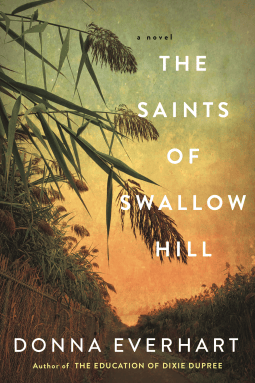
This is a dark and intriguing story set in the Southeast during The Depression. Main character Rae Lynn disguises herself as a man and joins a turpentine camp—a brutal, isolated place with tireless working conditions. As Rae plots her eventual escape from the camp, she forges strong friendships and confronts her past. Readers are calling it “atmospheric, enlightening historical fiction.”
Trust by Hernan Diaz
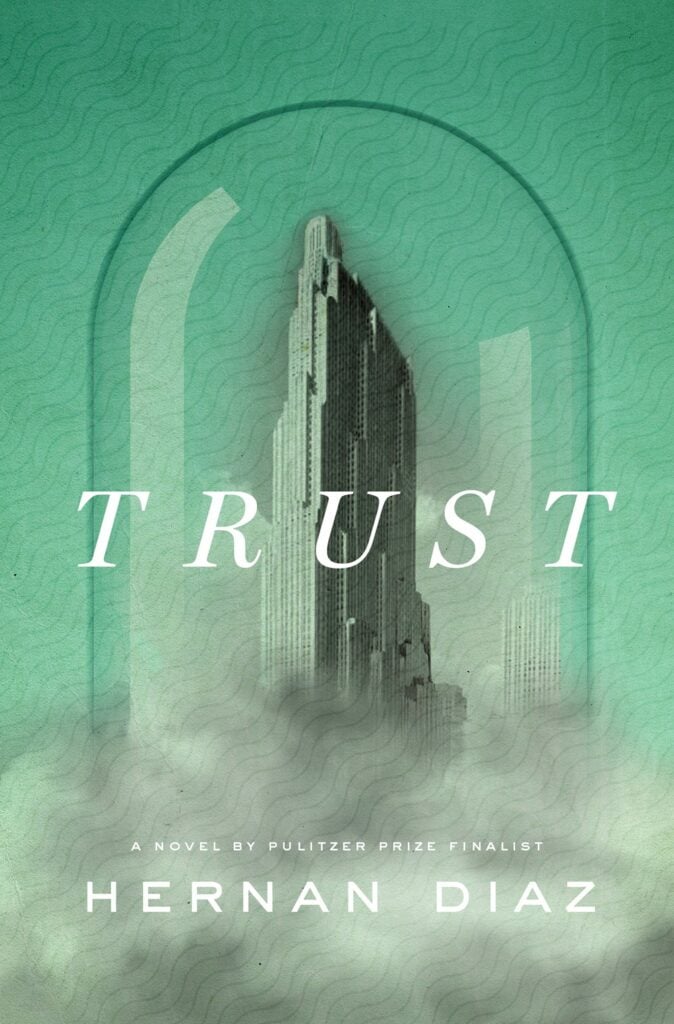
With over 100,000 reviews on GoodReads, this book is a force. Set in the Roaring Twenties, it’s a genre-defying exploration of wealth, the American dream, and the cost of fortune. Readers are calling it a “sublime, richly layered novel” and praising the intriguing way it constantly shifts focus. (It also won the 2023 Pulitzer Prize, for what it’s worth!)
The Four Winds by Kristin Hannah
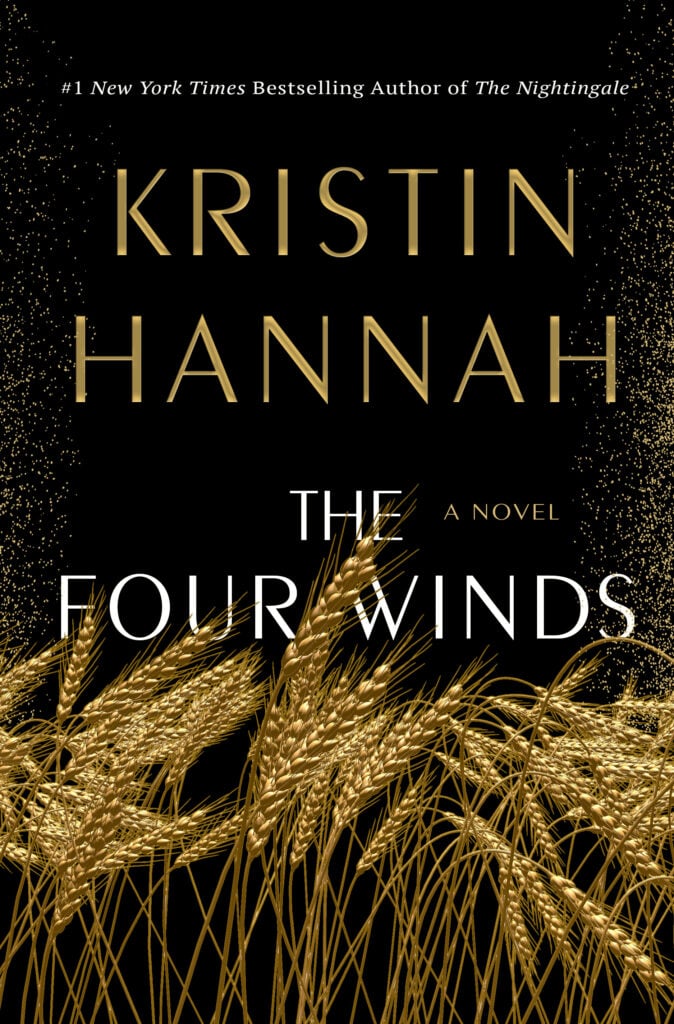
Set in Texas during the dust bowl, this novel centers a hard-working and resourceful woman named Elsa. She must decide what to do when the land she loves becomes barren and her family is faced with the crippling reality of The Depression. According to readers, it’s a harrowing and—at times—painful read, so make sure you’re in the mood for it!
How to write historical fiction
Here at Selfpublishing.com, we take aspiring writers by the hand and guide them through the process of writing their own historical fiction. So if you’d like help, you can book a call with us anytime!
If you want to get started on your own, here are a few things to keep in mind:
- Research, research, and then research some more. Historical fiction relies on the details. You’ve got to understand everything about the period you’re featuring—even if you end up changing some features of it. While researching, don’t just rely on history books. Look for first-hand accounts of the era, like journals. Watch documentaries, read books written during the time, and do everything you can to immerse yourself in your era from a variety of angles.
- But…don’t be a show-off. When you’ve poured countless hours of your life into researching your chosen period, it’s tempting to put everything you’ve learned in the book. However, you must resist! Adding unnecessary information doesn’t serve your story, and too many historical fiction authors have made this mistake. Instead, trust that everything you’ve studied has made your book better, even if it doesn’t make it on the page. (You can save the rest for a themed trivia night.)
- Make your characters relatable. Just because your protagonist may have lived hundreds of years ago doesn’t mean you can’t empathize with her. Her love life, job, or personal hang-ups may look different, but the way she feels about them may feel very familiar.
Some ideas to get your creative juices flowing
Not sure where to start with your historical fiction novel? Try one of these:
- Attend a historical reenactment or event. There may be no better way to fully immerse yourself in a period!
- Focus on untold stories. Pick up a history book and figure out which figures aren’t getting much air time. Now’s your chance to give them a voice.
- Look into your own family history. Reminder: you have a bloodline that goes way back, so why not use that for inspiration? Time for an ancestry.com membership.
- Visit historical sights. If you have the time and means, visit iconic sites that interest you. Whichever one gives you goosebumps is the one you should write about.
- Don’t forget about primary sources. Historical diaries, letters, and more make it much easier to see the humans behind the history. Try reading a few and see if inspiration flows.
Final thoughts
Historical fiction is a fun way to approach writing a book. If you enjoy both research and creative thinking, it could be the genre for you. If you’d like help writing and marketing your historical fiction, we’re here.
You can book a free call with us to discuss your goals, get a personalized publishing plan, and get recommendations for next steps. We can’t wait to talk to you!

















